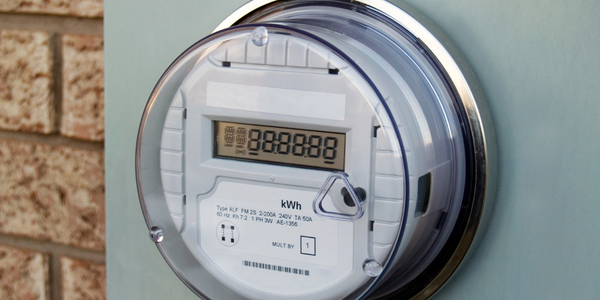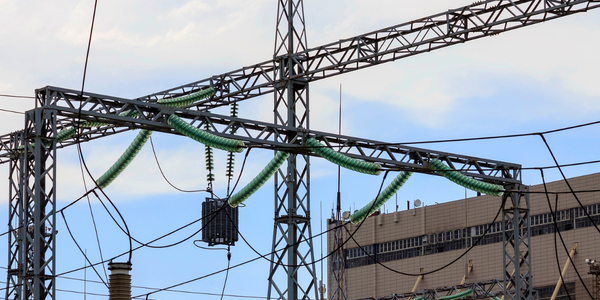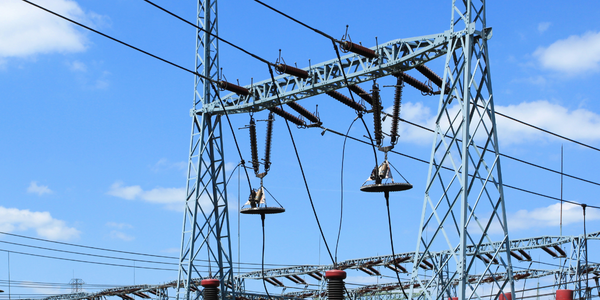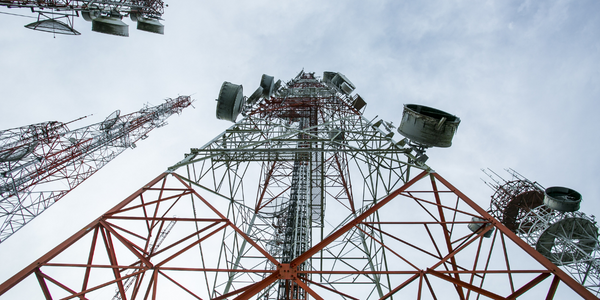Technology Category
- Sensors - Voltage Sensors
Applicable Industries
- Electrical Grids
- Telecommunications
Applicable Functions
- Product Research & Development
- Quality Assurance
Use Cases
- Manufacturing System Automation
Services
- Testing & Certification
About The Customer
Kato Engineering is a division of Emerson Industrial Automation's Leroy Somer North America. The company, founded in 1926, designs and manufactures a complete line of precision-engineered, high-quality AC generators, motor-generator sets, and controls for prime, standby, and peak-shaving power generation. Kato Engineering employs about 325 people in its design and manufacturing facility in North Mankato, Minnesota. The company's generators are used worldwide in various industries, including oil, gas, coal, copper, iron ore, and lumber extraction. They also power ships, freighters, locomotives, aircraft, and mass transit systems. In addition, Kato generators are relied upon in places where dependable, controllable electric power is needed, such as hospitals, computer centers, and telecommunications stations.
The Challenge
Kato Engineering, a company that designs and manufactures a complete line of precision-engineered, high-quality AC generators, motor-generator sets, and controls for prime, standby, and peak-shaving power generation, faced a significant challenge. The subtransient reactance of an electrical generator, which is the generator internal impedance element that is effective during the first few cycles of a transient load event, was difficult to predict. This reactance is typically determined through factory testing of new generator designs after the design process is finished. This method was not only time-consuming but also inefficient as it delayed the identification of potential issues until after the design process was completed.
The Solution
To address this challenge, Kato Engineering turned to ANSYS Emag. This software was used to predict the subtransient reactance using two-dimensional transient circuit-coupled electromagnetic analysis. This allowed for the early prediction of the subtransient reactance, thereby eliminating the need for post-design factory testing. In addition to this, other key generator characteristics such as the open-circuit saturation curve and output voltage signal harmonic distortion were evaluated. Custom macros using the ANSYS Parametric Design Language (APDL) were developed to model the four-pole generator. This solution allowed Kato Engineering to understand the key generator characteristics at an early stage in the design process before physical prototypes were created.
Operational Impact

Case Study missing?
Start adding your own!
Register with your work email and create a new case study profile for your business.
Related Case Studies.

Case Study
Hydro One Leads the Way In Smart Meter Development
In 2010, Ontario’s energy board mandated that time-of-use (TOU) pricing for consumers be available for all consumers on a regulated price plan. To meet this requirement, Hydro One needed to quickly deploy a smart meter and intelligent communications network solution to meet the provincial government’s requirement at a low cost. The network needed to cover Hydro One’s expansive service territory, which has a land mass twice the size of Texas, and its customers live in a mix of urban, rural, and remote areas, some places only accessible by air, rail, boat or snowmobile. Most importantly, the network needed to enable future enterprise-wide business efficiencies, modernization of distribution infrastructure and enhanced customer service. To meet these needs, Hydro One conceptualized an end-to-end solution leveraging open standards and Internet Protocols (IP) at all communication levels. The utility drew upon industry leaders like Trilliant to realize this vision.

Case Study
Selling more with Whirlpool
Whirlpool wanted to add connectivity to appliances and transform the company's relationship with customers. Traditionally, Whirlpool interaction with customers was limited to purchases made once every ten years. Connected washer and dryers provide exciting new features like remote management of start times and inter-machine communication.

Case Study
SAS® Analytics for IoT: Smart Grid
Companies face falling revenues, rising infrastructure costs, and increasing risk of outages caused by inconsistent energy production from renewable sources. Less money is coming in as more people and organizations take steps to curb their energy use. Utilities are paying more to maintain and build infrastructure due to increasing complexity, resulting from the rising number of intermittent and variable renewable energy sources connected in the distribution grid.

Case Study
Enel Secures Italian Power Generation Network
Electric energy operators around the world are working to increase the reliability and cyber resiliency of their systems. This includes Enel, a global power company that manages and monitors the Italian power grid. This grid:• Serves 31 million customers• Has a net installed energy capacity exceeding 31 gigawatts• Includes more than 500 power generation plants,including hydroelectric, thermoelectric, and wind• Is managed and monitored by Enel 24/7/365• Is operated by Terna, the Italian Transmission System Operator (TSO)Enel is responsible for the availability of the grid’s underlying ICS and industrial network. It also manages Regional Control Centers and Interconnection Centers which connect with the TSO. The TSO manages the flow of energy to the grid plus controls and remotely regulates the power generation of power plants, increasing and decreasing power production as required. The complex system of interaction and cooperation between Enel and the TSO has strong security implications as well as operational and business challenges.

Case Study
Vodafone Hosted On AWS
Vodafone found that traffic for the applications peak during the four-month period when the international cricket season is at its height in Australia. During the 2011/2012 cricket season, 700,000 consumers downloaded the Cricket Live Australia application. Vodafone needed to be able to meet customer demand, but didn’t want to invest in additional resources that would be underutilized during cricket’s off-season.




